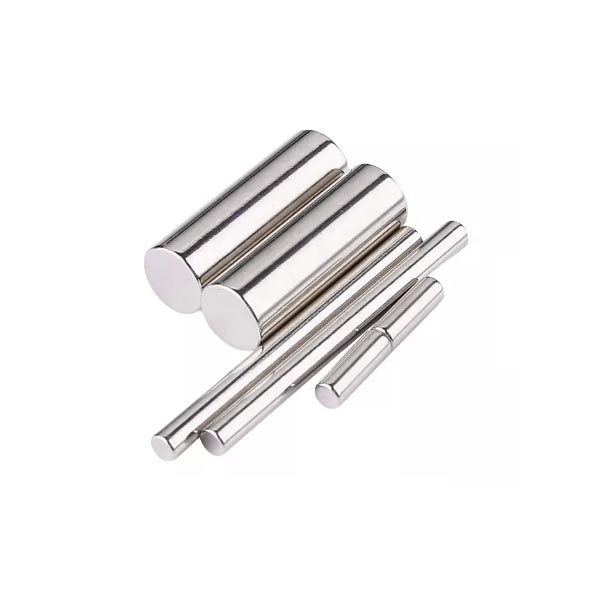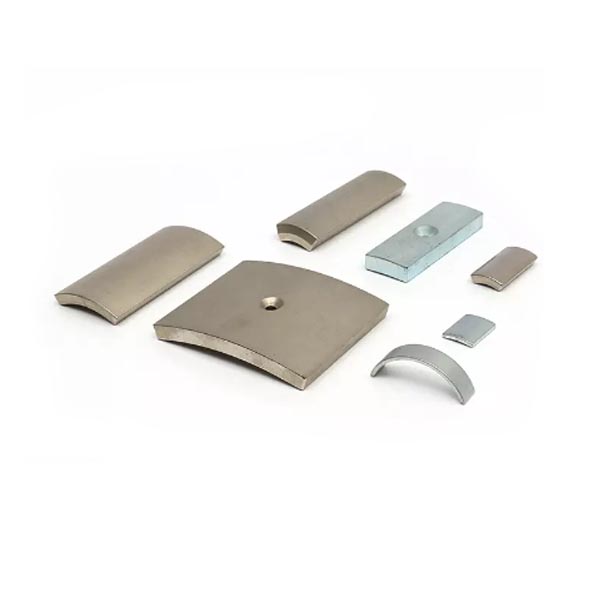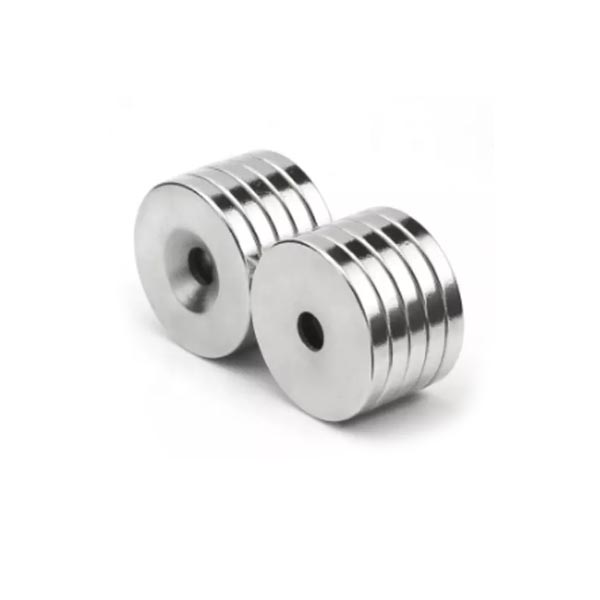U-shaped neodymium magnets offer unmatched magnetic field concentration, but choosing the best grade, such as the popular N35 and the powerful N52, is critical to balancing performance, durability, and cost. While the N52 theoretically has higher magnetic strength, its advantages may be offset by the unique demands of the U-shaped geometry. Understanding these trade-offs ensures your design achieves its magnetic performance goals reliably and economically.
Core Differences: Magnetic Strength vs. Brittleness
N52: Represents the highest grade commonly used in the N series. It offers the highest energy product (BHmax), remanence (Br), and coercivity (HcJ), the highest pull force achievable for a given size. Think raw magnetic force.
N35: A lower-strength, but more economical grade. While its magnetic output is lower than that of the N52, it generally has better mechanical toughness and higher resistance to cracking. It can also withstand higher temperatures before irreversible loss of strength.
Why the U-Shape Changes the Game
The iconic U-shape is not just about magnetic field focusing, it also brings many challenges:
Inherent stress concentration: The sharp internal corners of the U-shape are natural stress concentration sources, making it susceptible to cracking.
Manufacturing complexity: Sintering and machining fragile neodymium into this complex shape increases the risk of fracture compared to simple block or disc structures.
Magnetization challenges: In a U-shape, achieving completely uniform magnetic saturation of the pole faces (ends of the pins) can be more difficult, especially in high-flux, hard-to-drive grades.
Thermal demagnetization risk: In some applications (such as motors), magnetic field focusing and higher operating temperatures can increase their fragility.
U-Shaped Magnets N35 vs. N52: Key Considerations
Absolute Strength Requirements:
Choose N52 IF: Your design absolutely depends on squeezing every newton of pull from the smallest possible U-shaped magnet, and you have a robust design/manufacturing process to reduce risk. N52 excels where maximum gap field density is not a concern (e.g., critical chucks, high-efficiency micromotors).
Choose N35 IF: N35 is strong enough for your application. Often, the slightly larger N35 U-shaped magnet will more reliably and economically meet the required pull force than the brittle N52. Don't pay for strength you can't use.
Risk of Fracture and Durability:
Choose N35 IF: Your application involves any shock, vibration, flexing, or tight mechanical assembly. The superior fracture toughness of N35 significantly reduces the risk of magnet cracking, especially in critical inner bends. N52 is extremely brittle and more susceptible to shattering or catastrophic failure if handled improperly or stressed.
Choose N52 IF: Magnets are extremely well protected during assembly, mechanical stress is minimal, and the handling process is tightly controlled. Even so, the generous inner diameter cannot be disputed.
Operating Temperature:
Choose N35 IF: Your magnets operate at temperatures approaching or exceeding 80°C (176°F). N35 has a higher maximum operating temperature (typically 120°C vs. 80°C for N52), above which irreversible losses occur. N52 strength decreases faster with increasing temperature. This is critical in U-shaped heat-concentrating structures.
Choose N52 IF: Ambient temperatures are consistently low (less than 60-70°C) and room temperature peak strength is critical.
Cost & Manufacturability:
Choose N35 IF: Cost is a major consideration. N35 costs significantly less per kg than N52. The complex U-shaped structure also often results in higher scrap rates during sintering and processing, especially for the more brittle N52, which further increases its actual cost. N35's better processing properties increase yields.
Choose N52 IF: Performance benefits make its higher price and potential yield loss worthwhile, and the application can absorb the higher cost.
Magnetization & Stability:
Choose N35 IF: Your magnetizing equipment has limited power. N35 is easier to fully magnetize than N52. While both can be fully magnetized, uniform magnetization in a U-shaped geometry may be more consistent with N35.
Choose N52 IF: You have access to a strong magnetizing fixture capable of fully magnetizing high coercivity N52 grades in a U-shaped constraint. Verify that full pole saturation is achieved.
The “stronger is not necessarily better” reality for U-shaped magnets
Pushing N52 magnets hard in U-shaped designs often leads to diminishing returns:
Cost of breakage: A broken N52 magnet costs much more than a working N35 magnet.
Thermal limitations: Extra strength quickly disappears if the temperature rises.
Over-engineering: You may be paying extra for strength that you can’t effectively utilize due to geometry or assembly constraints.
Coating Challenges: Protecting the more brittle N52 magnets, especially in the delicate inner bends, is critical, but this adds complexity/cost.
Your Custom Neodymium Magnets Project
We can offer the OEM/ODM services of our products. The product can be customized according to your personalized requirements, including the size, Shape, performance, and coating. please offer your design documents or tell us your ideas and our R&D team will do the rest.
Post time: Jun-28-2025







